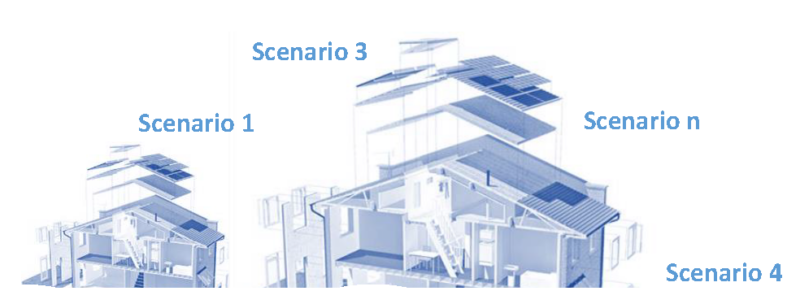Solution provider

A top-100 research university with excellence across all major disciplines. We are committed to turn frontier research into innovative solutions.
R&d Project
Buildings
Circular construction
Energy efficiency in buildings


A top-100 research university with excellence across all major disciplines. We are committed to turn frontier research into innovative solutions.
Add the case to your visit request and let us know that you are interested in visiting Denmark
Building renovation in the future will encompass broader sustainability concerns and holistic renovation scenarios
Reducing buildings’ energy consumption and emissions is a key objective to meet the EU’s energy and climate goals. In addition, it is also a necessity to ensure buildings’ functions and qualities, and to provide a positive living environment. Therefore energy efficiency is not the only goal in renovation of buildings. Existing buildings can benefit from adopting a broader approach to sustainability, which seeks to decrease operation and maintenance costs and reduce environmental impacts. A broad approach can also increase the building’s adaptability, durability, and resilience towards future challenges as well as a preferable, healthier, and more convenient environment for the occupants. This underlines a holistic approach where various objectives linking to the sustainability are achieved in a balanced way. The key points and essential factors to take into consideration when developing holistic renovation scenarios are 1) identification of sustainable renovation objectives and criteria 2) indication of the renovation approaches, and consequently 3) how to deal with the complexity of decision-making within a systematic design methodology.
[caption id="attachment_86790" align="alignright" width="450"]
Value in sustainable renovation is a complex and dynamic design discipline, given its multifaceted value profile and involvement of many
different stakeholders (architects, engineers, municipalities, contractors, building occupants etc.). The value of the renovation as the outcome of a sustainable building renovation project will be judged differently depending on the social context, and who is the “judge.” It is always interpreted and negotiated in a social context where personal interests and priorities shape the discourse and sometimes collide. The sociocultural context might remain unaltered during a renovation project, but values still change, dissipate or disappear entirely. Therefore, it is important to study the creation of values and where they can be added within the sustainable building renovation field, which is the key objective of the ReVALUE project. The concept is based on modern information and communication systems. As such, it is of special interest to verify the need for the deep understanding of sustainability as the pattern with the agglomerated set of indicators defined by the relevance criteria. For instance in Illustration 1, the sustainability has been represented particularly for renovation field within three overall categories Functionality, Accountability and Feasibility and a total of 18 sustainable value oriented criteria.
The terms sustainable renovation and holistic renovation scenarios serve to underline a holistic approach where various objectives linking to the sustainability in its full sense are achieved in a balanced way. Identification of sustainable renovation objectives and criteria, indication of the renovation approaches, and consequently, how to deal with the complexity of decision-making within a systematic design methodology, are the key points and essential factors to take into consideration when developing holistic renovation scenarios.